Questions?
Email: neosales@neomonitors.com
Phone: +47 67 97 47 00
Adress: Prost Stabels vei 22, 2019 Skedsmokorset, Norway
FAQ
No, end user is not allowed to calibrate SIL instruments. Calibration must be performed by authorized personnel.
No, dry samples only.
Direct absorption gives a better dynamic range.
Second harmonic is obtained by using sinus modulation and gives a better signal-to-noise ratio.
Instruments are calibrated at factory. When installed the calibration needs to be verified annually.
The exception is dust monitors that needs to be calibrated at each individual site.
There is no correct answer to this as it can vary with different factors in the process and the mechanical setup of the installation.
As a rule of thumb we start with 10% of the process velocity and adjust from that.
The measuring principle is infrared single-line absorption spectroscopy, which is based on the fact that each gas has distinct absorption lines at specific wavelengths.
The laser wavelength is scanned across a chosen absorption line of the gas to be measured. The absorption line is carefully selected to avoid cross interference from other (background) gases. The detected light intensity varies as a function of the laser wavelength due to absorption of the targeted gas molecules in the optical path between transmitter and receiver.
Interband Cascade Lasers (ICLs) and Quantum cascade lasers (QCLs) are tunable lasers emitting light in the mid-infrared spectral region. They can be used the same way as laser diodes in the NIR.
Instrument measures directly across the process instead of using extractive sampling.
N stands for “Normal”.
In this connection, it means a temperature of 0 degrees Celsius and a pressure of 1.013 bar abs(1 ATM).
This is the conditions at which one mole of an ideal gas has a volume of 22.413837 liters.
Optical Path Length (OPL) means the distance the laser beam has to travel between two points that one wants to measure across.
When using a Transceiver and retro-reflector unit, e.g. as LaserGas™ iQ2, the OPL will be 2 x OP as the laser beam will go back and forth across the OP.
Tunable Diode Laser Absorption Spectroscopy
When talking about NEO Monitor products, OP means Open Path.
For example LaserGas™ III Open Path HF Gas Detector or LaserGas™ II OP NH3 monitor.
LASER is an acronym standing for “Light Amplification by Stimulated Emission of Radiation”. Important unique properties of lasers are that they emit only a single wavelength and the light can be directed easily using optics like lenses and mirrors.
Any part that is in direct contact with the process gas.
Everything above 0.5 bar gauge, which is in accordance with the PED directive.
A cube corner is a mirror reflecting the light 180 degrees back to the transceiver.
It is used because of its ability to reflect all light back regardless of the angle the light is hitting the cube corner.
Flue gas is the gas exiting to the atmosphere via a flue, which is a pipe or channel for conveying exhaust gases from a fireplace, oven, furnace, boiler or steam generator.
Measurement is performed directly in the process, across the duct/stack without sample extraction.
The wavelength region between 700 nm and 3000 nm is typically called Near-Infrared (NIR), the region between 3000 nm and 12000 nm Mid-Infrared (MIR).
FISC is an abbreviation for Fixed Internal Sealed Cell, while ISSC is an abbreviation for Internal Sealed Span Cell.
FISC is used for line tracking only. ISSC is used for span validation.
Special tuning: Calibration in a different background. Tuning that involves more labor from the test engineer.
Expert tuning: If an instrument is to be equipped with a new laser or is to be placed in a new application, never done before.
They are all acronyms for the same technique. Most common is the usage of TDLAS.
A laser has a typical lifetime of more than 10 years.
PED (Pressure Equipment Directive) is an EU directive (2014/68/EU) which applies to the design, manufacture and conformity assessment of stationary pressure equipment with a maximum allowable pressure greater than 0,5 bar.
Special alloy, RMA 253
The air quality should conform to standard set by ISO 8573.1, Class 2- 3. This means particles down to 1 micron should be removed, including coalesced liquid water and oil, and a maximum allowed remaining oil aerosol content of 0.5 mg/m3 at 21°C. (instrument air).
Note that some instruments require nitrogen purging, e.g. O2 instruments for high temperature or pressure applications, some H2O instruments etc.
200mg/Nm3
Isolation flange is used for two reasons:
– Protection against high pressure.
– Protection from toxic, acid and dangerous gases.
There are three reasons for applying purging:
1) Purging of instrument for Ex-purposes and explosion prevention.
2) Purge for cooling of instrument and electronic that are placed at sites with high ambient temperatures.
3) Prevention of contamination of flanges and windows.
AR-coating is used for its anti-reflective properties, mainly to avoid noise.
Type of coating used is dependent on laser wavelength.
